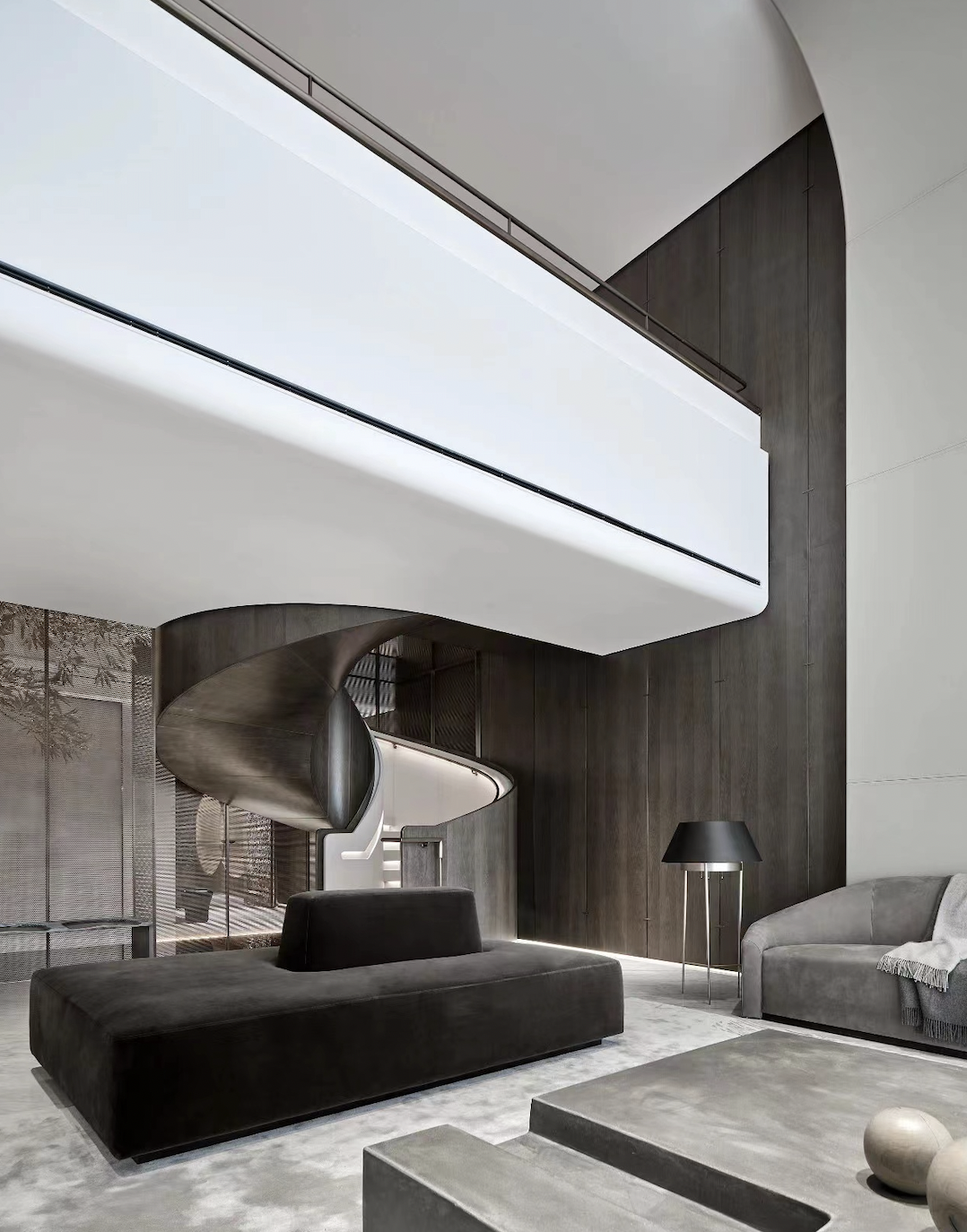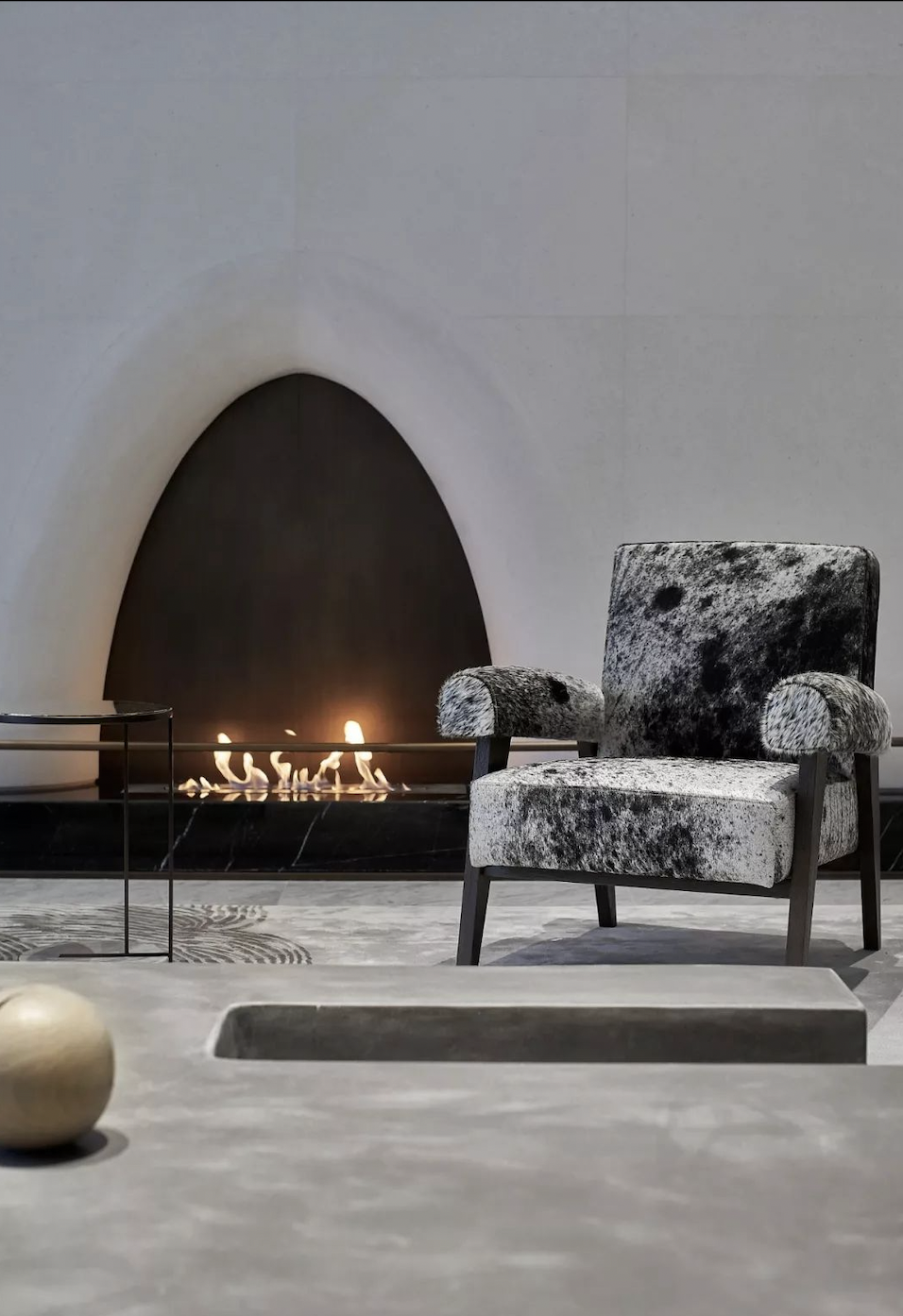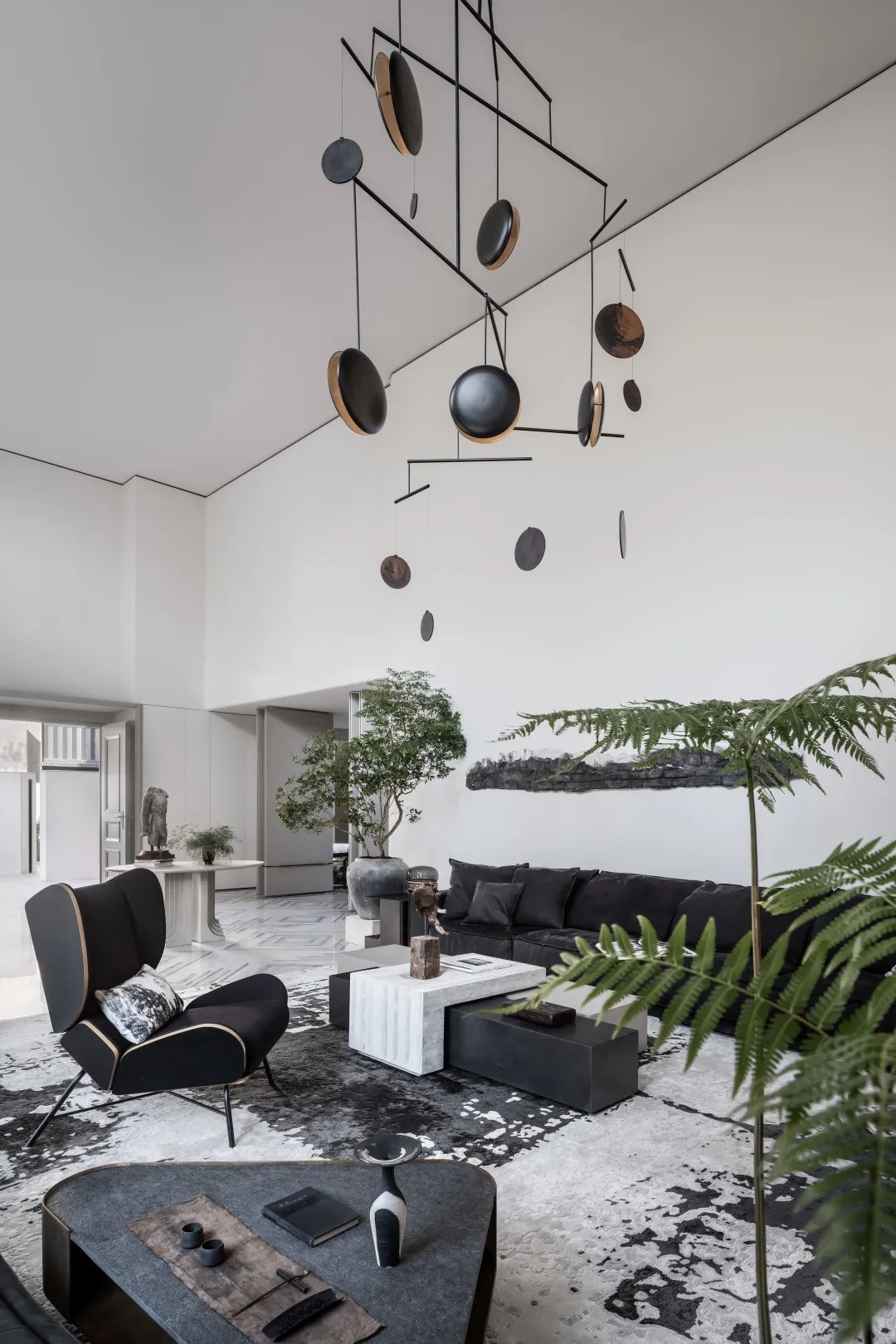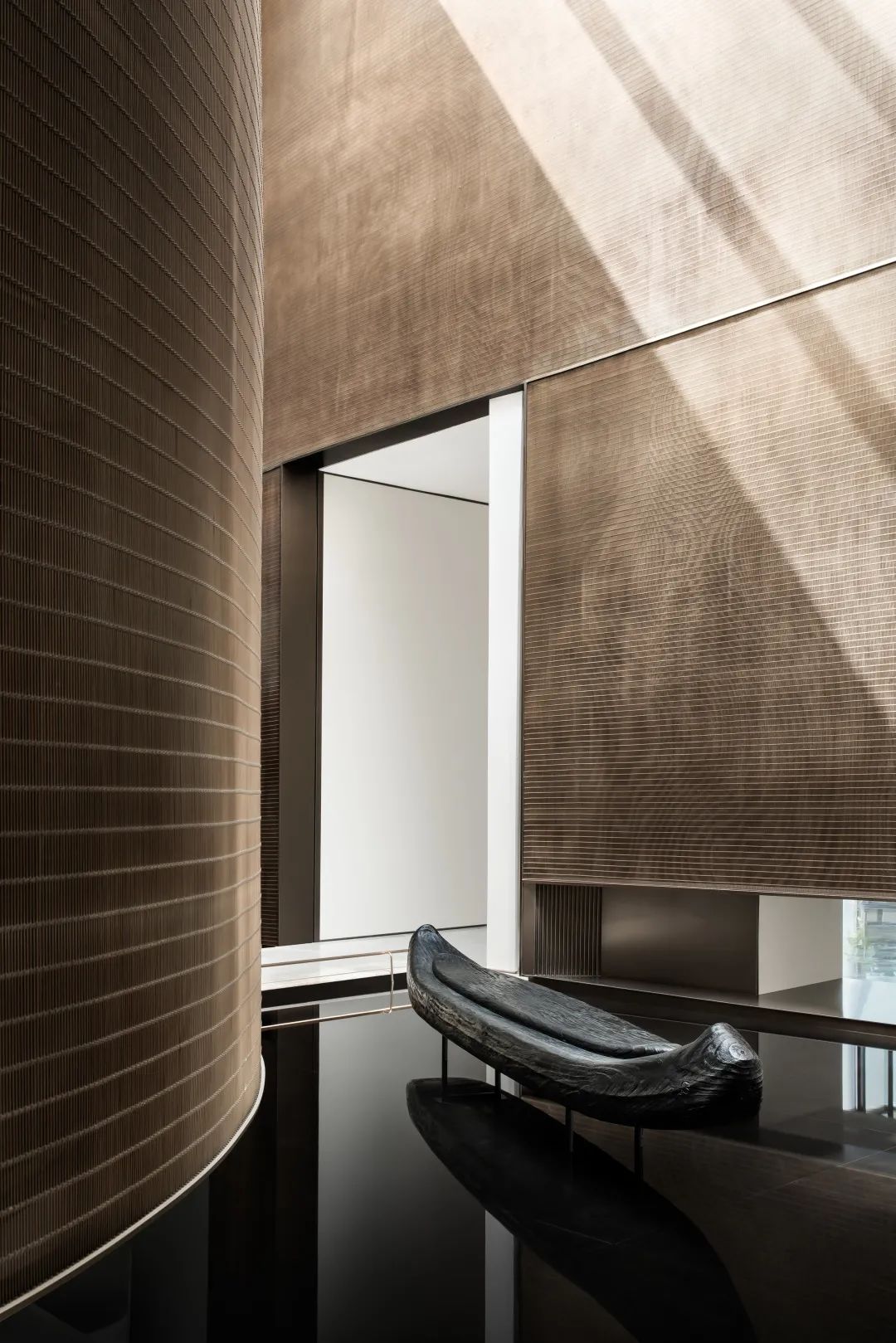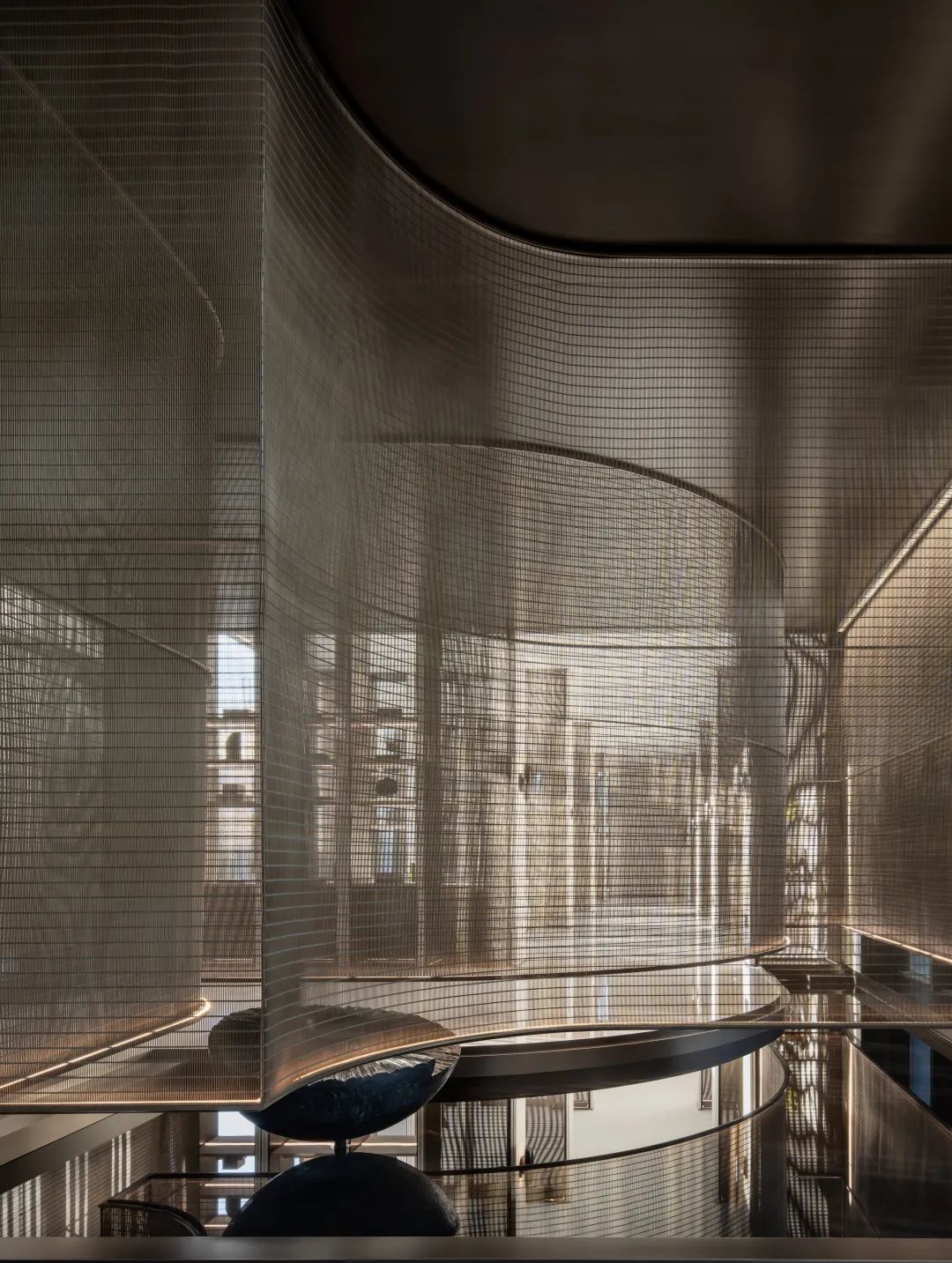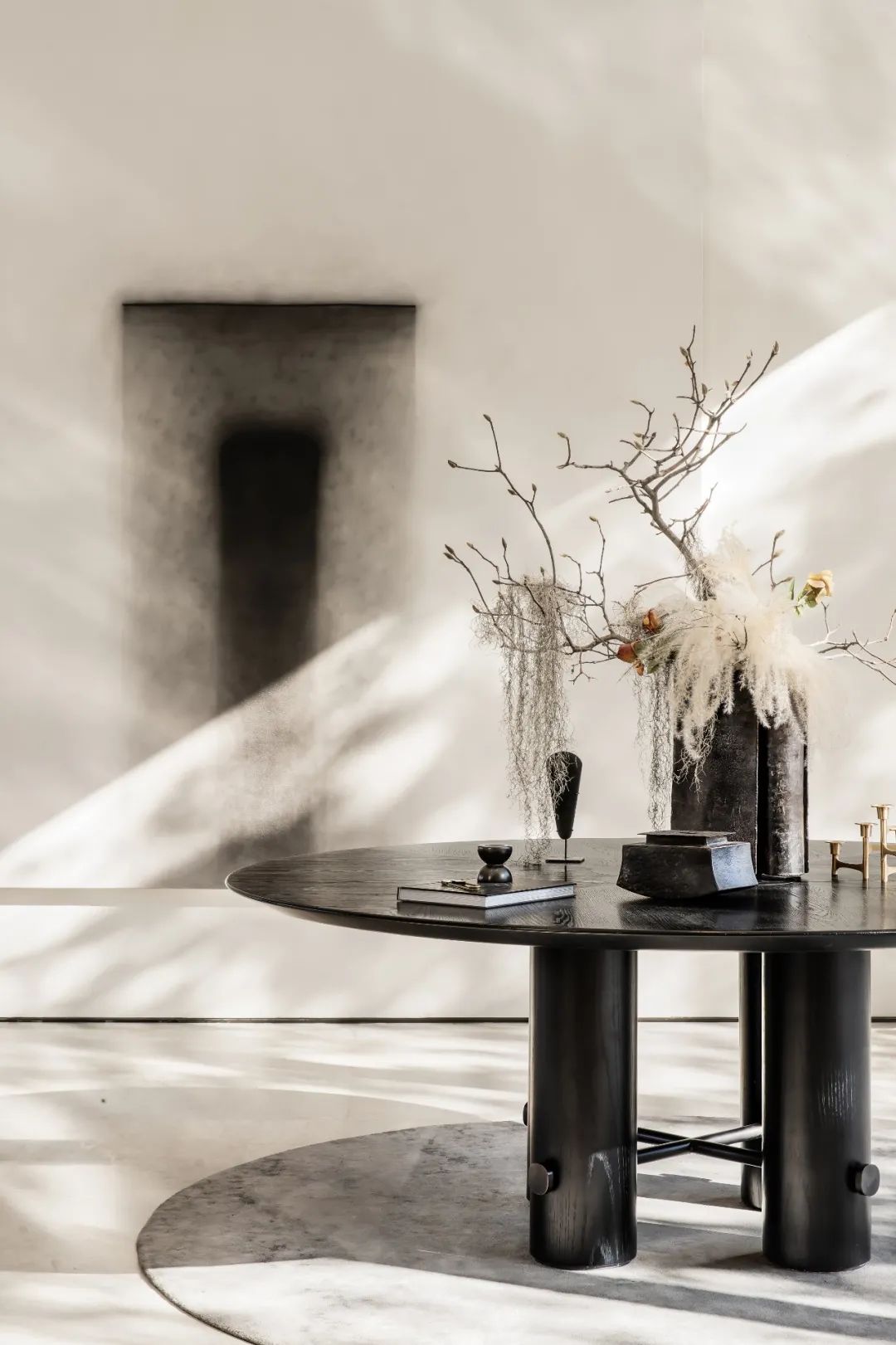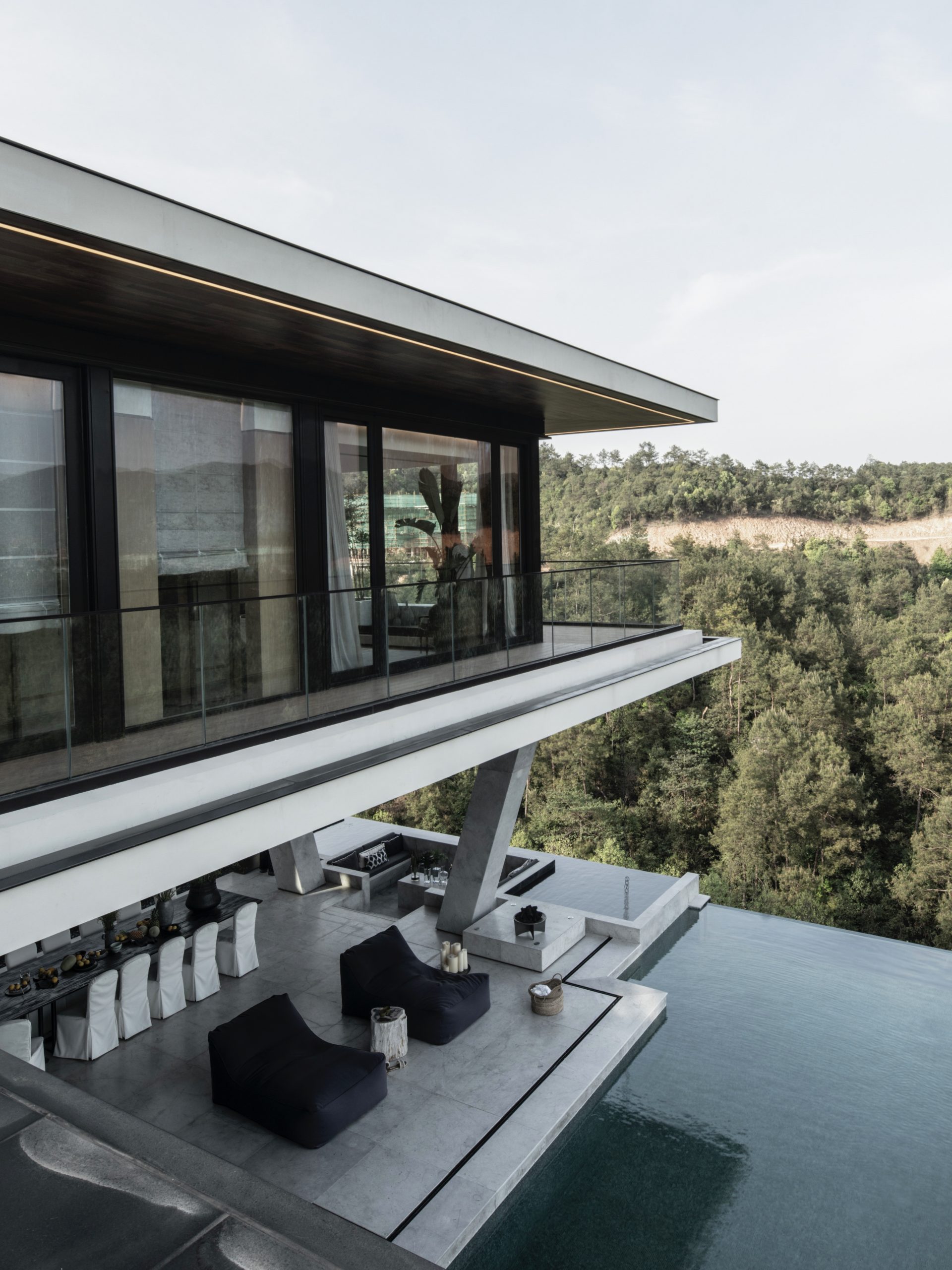Based in Shanghai, Ben Wu is one of China’s most highly-acclaimed interior designers. His design studios, W.Design and W+S Deco Group, have worked on the Shanghai Hongqiao International Airport, among landmark hotels, historic redevelopment projects, as well as art curation. Ben studied traditional Chinese ink painting under Fu Wenyuan, the last student of master Zhang Daqian, and is the first mainland China designer to covet the 24th Andrew Martins International Interior Design of the Year Award. Over the years, he has founded multiple design and lifestyle brands including W.Design, Weimo and Haishang.
We know you as a celebrated Chinese interior designer with a stellar portfolio of international works. But can you tell us about your journey towards becoming an interior designer?
I studied Chinese ink painting with Mr. Fu Wenyan, a close disciple of Zhang Daqian, and possess a profound foundation in traditional art since young. With this background, I have been deeply influenced by traditional Chinese beauty and Western design trends in my professional career in the past decade. I first approached design with a Modern Oriental direction ten years ago as I began exploring oriental poetic spatial expressions within a modern framework.
In my opinion, Modern Oriental is not a symbolic expression. Rather, it is a global vision founded on oriental cultural roots, and a design concept associated to the aesthetics of life. It is an amalgamation of the east and west, which is universally embraced. Today, the concept of Modern Oriental draws its essence from many influences in China and around the world. When W.Design won the 24th Andrew Martin Interior Designer of the Year Award, the win was even lauded by Western mainstream media as “The rise of China’s design generation “.
- Tomson Riviera Penthouse, Shanghai, China
- Tomson Riviera Penthouse, Shanghai, China
- Tomson Riviera Penthouse, Shanghai, China
Your signature involves infusing modern orientalism into your designs. How do you calibrate this modern and oriental balance to create impressionable designs each time?
The relationship between man and nature is the soul of the Modern Oriental design concept. Art and life are blended and recreated through time and space. Oriental designs showcase the relationship between man and nature, creating artistic conceptual space infused with oriental nuances, while Modern Oriental emphasises on modernist composition techniques to shape a space, while demonstrating oriental character.
In the course of my work, I explore introducing oriental character into a modern framework, even advocating a philosophical approach of life that integrates the elegant design of western humanisation with the essence of oriental humanism. I hope our designs can blur the aesthetic boundaries between the east and the west.
- Vilake Ville V, Chengdu, China
- Vilake Ville V, Chengdu, China
- Vilake Ville V, Chengdu, China
What are your favourite materials to work with and why?
In the east, the relationship between man and nature is about interconnection and interdependence. Hence, I like to use pure natural materials in my designs. Traditional materials such as stones, woods, and metals often appear in our interiors and furniture designs, either to leverage their authenticity, or reinvent these materials and give them a new lease of life through innovations in technology and craftsmanship.
I lead the R&D department team in my studios. In recent years, we have been researching on material innovation, craftsmanship, and colours. Take paper as an example. As the birthplace of papermaking, China has more than 100 kinds of traditional paper. Paper itself has an inherent oriental character and is a material that is both warm yet fragile. In our designs, we have explored using paper differently – using conventional paper to contrast contemporary materials in spatial design.
- Mansion Tianjin, Tianjin, China
- Mansion Tianjin, Tianjin, China
- Mansion Tianjin, Tianjin, China
- Mansion Tianjin, Tianjin, China
You have developed multiple design and lifestyle brands including W.Design, Weimo and Haishang. How does this bring synergy to your work?
Interior design and furniture design are both design fields, but belonging to different design categories. I feel that interior design and furniture design are inseparable; an interior is dressed with soft furnishings and furniture based on how I perceive the space and the mood desired. If an interior designer is skilled in furniture design as well, he will be more meticulous in the use of materials and pay more attention to details. As a result, his designs will appear more seamless and flawless.
I was one of the first designers to embark on both fields at the same time. Internationally, Philippe Starck pursues architectural design, interior design, and furniture design at the same time – even designing small stools and glass frames. Another example is Isamu Noguchi from Japan. I admire him not only for his outstanding architectural works and sculptures, but also for his compelling lamps and furniture.
A competent designer is like a good director – possessing full control of the play and equipped with the skillsets to dabble in various fields. An eye for interior design and furniture design fuels a creative vision that resonates with the environment and way of life intended by the designer, right down to the smallest details.
Do you see yourself venturing into more areas of design?
It has always been my intent for W.Design to continually push the boundaries in design research, venture into new areas, and conjure aesthetically-pleasing spaces that impact lives.
We now have a holistic approach to tailor solutions for design and lifestyle. We have also expanded our offerings to include WS Space and the furniture brand Weimo. It is our vision to entrench oriental aesthetics and lifestyle aligned with our signature Modern Oriental approach.
In the course of your career, you have collaborated with many stellar design personalities on international projects. Which collaboration has been the most memorable and what is your biggest takeaway from these engagements?
I gain tremendously from my collaborations with brands and designers from various countries. Each brand has its unique personality and brand spirit. For instance, the founder of Spanish brand Coleccion Alexandra, a luxury home furnishing brand, is obsessed with oriental culture. Inspired by the rhythm and relationship of oriental calligraphic lines, the “THE ONE Collection”, which we co-created, uses clear-textured wood and brass pieces that reflect Spain’s maritime culture.
In the process of collaborating with designers and brands from various backgrounds and cultures, I find myself going away with fresh insights that I infuse into our Modern Oriental pursuits.
- Paradise Village, Anji, China
- Paradise Village, Anji, China
- Paradise Village, Anji, China
How have you evolved as an interior designer over the years? Do you feel that Chinese interior designers are now beginning to gain more global recognition?
The world is undeniably facing unprecedented changes. Many industries are at the cusp of transformation, and people’s lifestyles have also changed. As a designer, I must also revisit my vision from time to time to seek meaningful breakthroughs in an ever-changing landscape.
Having led W.Design for more than a decade, I am constantly exploring new ways to introduce oriental aesthetics into a modern framework. I hope that our designs stand the test of time and bring down barriers separating the east and the west. Through our designs, we also hope to enhance one’s quality of life. Since its inception, W.Design has been evolving with the times. We embrace forward-looking designs at our core, while not forgetting our cultural roots.
A good Chinese design must be embedded in the community and society. As the world becomes increasingly receptive of oriental designs, we are witnessing the rise of a new generation of Chinese interior designers who are rightfully gaining global recognition.


